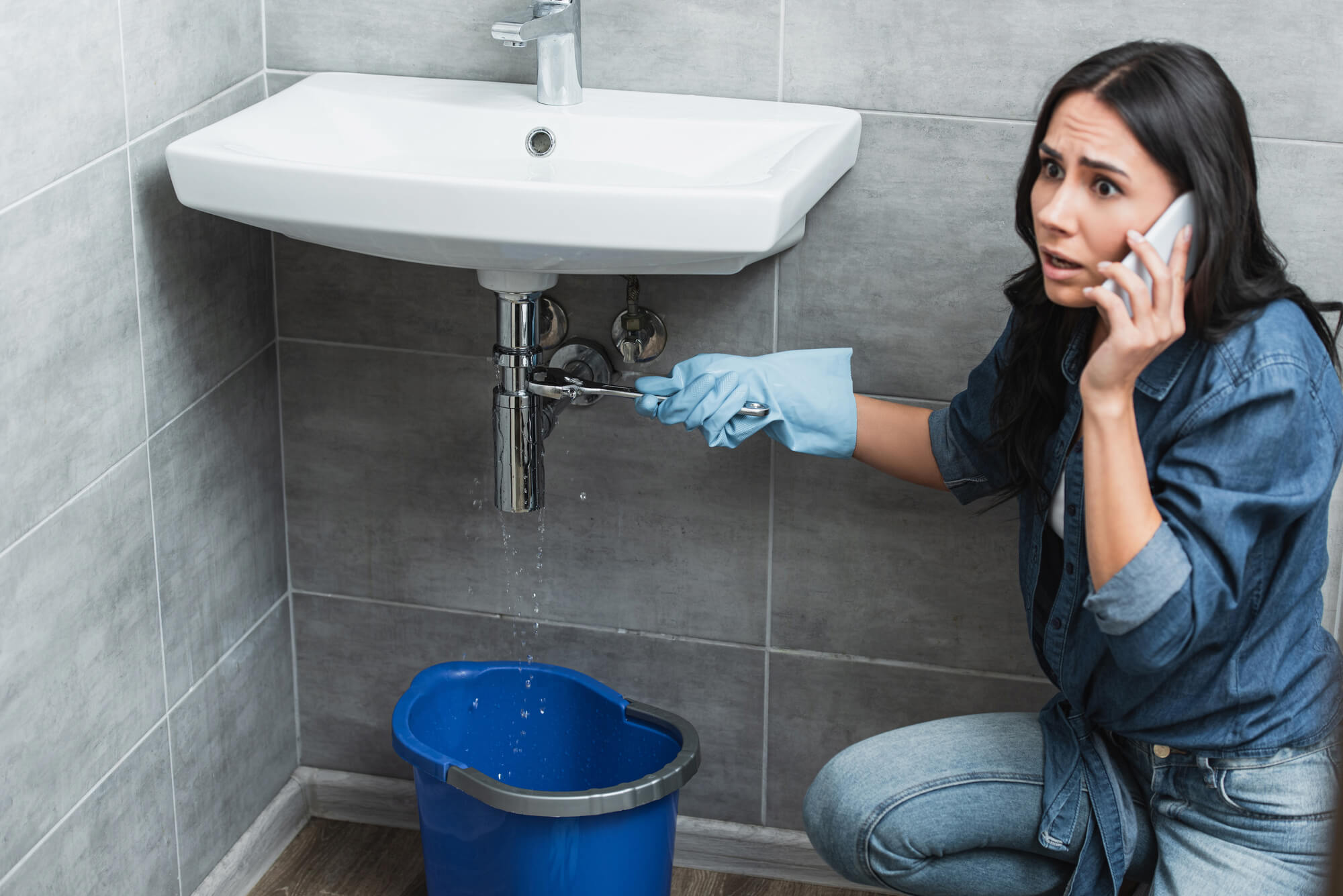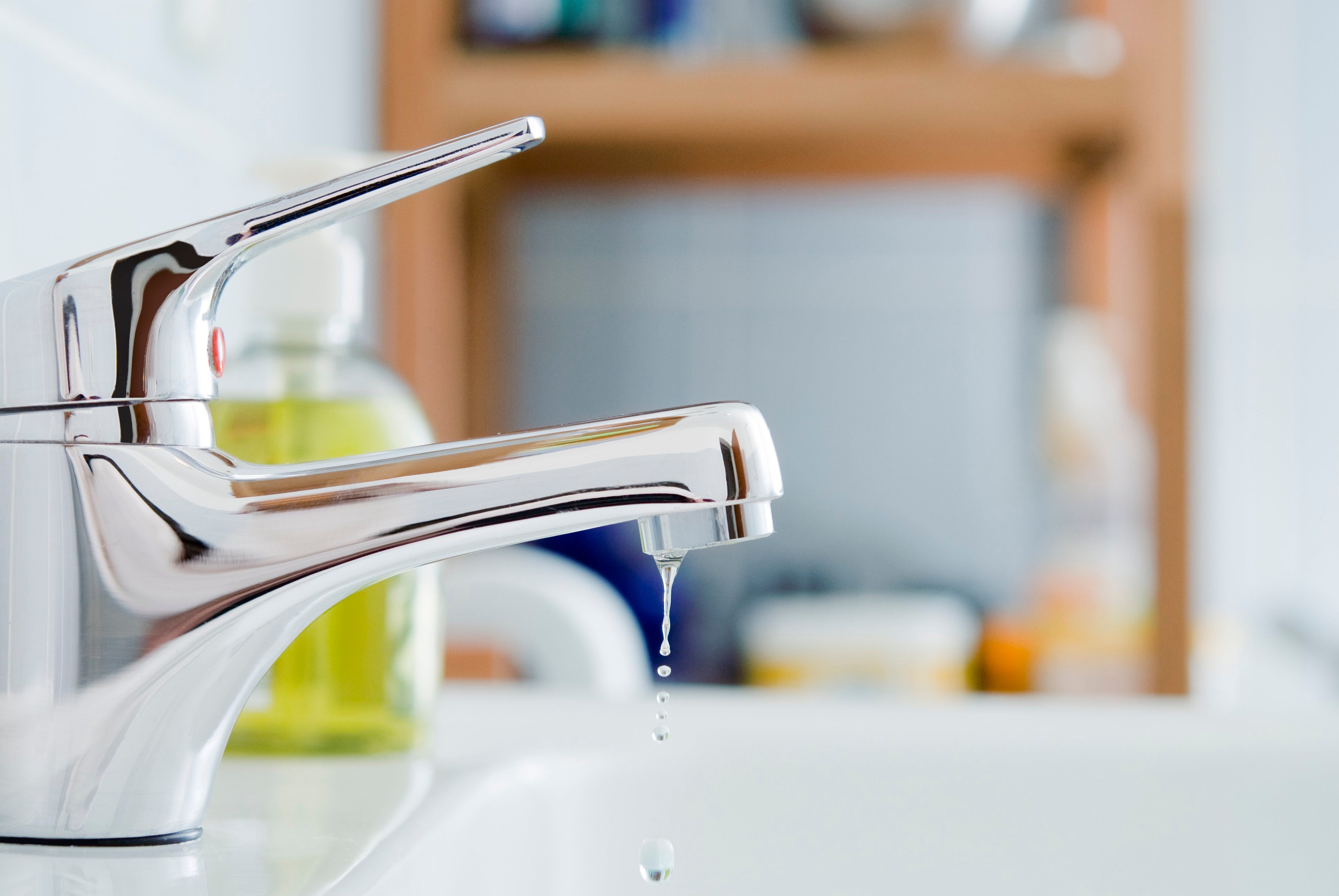What to Detect and Repair Leakages in the Bathroom: Expert Advice
What to Detect and Repair Leakages in the Bathroom: Expert Advice
Blog Article
The author is making a number of great pointers related to How to Detect and Fix a Bathroom Leak in general in this article directly below.

Bathroom leakages are frustrating as they interrupt your day's plan. They differ in seriousness relying on the resource of the leakage. You need to prioritize them, as they can promptly intensify. It is a relief that a lot of restroom leaks are easy to identify as well as fix, with very little expense ramifications.
Having a water leak in washroom can be stressful to the homeowner. However repairing the leakage comes to be a very easy trouble if you understand what to do. So, this write-up is important as a residence guide to fixing a water and spotting leak in bathroom. It does not change the demand for expert experience. The article serves as a "first aid" when you need an emergency situation response to a water leakage in washroom.
Discovery and Repair of Water Leakage in Bathroom
Water leakage in restroom generally results from pipes as well as pipe faults. You might need a basic expertise of these leakage kinds to find the water leakage in washroom.
Sprinkle Leaks
These frequently arise from water splashing on the washroom flooring from the bath tub. It is a consequence of using an inadequate shower drape or worn tub lining. It harms the shower room flooring and also might create rot to wooden floors and also bathroom doors. The water usually pools around the tub or shower. This might cause even worse restroom damages without prompt handling.
What to Do
If the leak has harmed the washroom floor or door, you might need to alter these to stop more damage. The great information is that you can include a pipes specialist to aid with the restroom repair.
Commode Leaks
In some cases, water leaks from the toilet and also pools around the commode base. It is an eyesore in the shower room as well as needs punctual focus. Often, it arises from a loose connection between the tank as well as the bathroom. This triggers water to drip from the tank to the floor. It may additionally result from fractures in the toilet dish or a faulty shut-off valve.
What to Do
You only require to tighten them if there are loose screws in between the cistern and also commode. Sometimes you might require to reapply wax on the gasket or contact a bathroom leak professional to replace worn or damaged components.
Clogged Restroom Sinks
Often, the water leakage in bathroom arises from sink blockages. This is frequently a nuisance to home owners and also may be undesirable. Obstructions may result from the build-up of soap residue, hair bits, or particles that obstruct the drainpipe. It is simple to deal with obstructions, and also you may not need expert abilities.
What to Do
You can utilize a drain snake to remove the debris in the drainpipe and also allow the stagnant water circulation. Drain pipes cleaners are additionally readily available in stores and also are easy to use. A bettor is likewise practical in clearing your drain. It is an usual house device as well as comes in convenient in clearing irritating obstructions in sinks and drains pipes.
Conclusion
Water leaks in the washroom are preventable events in the house. When they do, repair them immediately, or engage the services of a specialist.
The post offers as a "very first help" when you require an emergency situation feedback to a water leakage in washroom.
Water leak in bathroom typically results from plumbing and also pipe faults. You may need a basic knowledge of these leakage kinds to discover the water leakage in washroom. It harms the bathroom floor and might cause rot to wooden floorings and also shower room doors. Often, the water leak in shower room results from sink clogs.
Water Leaking in the Bathroom Wall
A GUIDE TO FINDING LEAKS IN BATHROOM WALLS
Paint or Wallpaper Peeling: This sign is easily spotted, so it cannot be missed. A leak in the wall can lead to wallpaper that separates along seams or paint that bubbles or flakes off the walls. Musty Smells: The damp flooring and plaster inside the wall grow an odor similar to wet cardboard as water slowly drips from a leaky pipe inside the wall. You can find leaks hidden beneath a musty odor. Growing Stains: The interior of a wall affected by a leaky pipe sometimes becomes infested with mold. Often, your indicator of a hidden plumbing problem is a growing strain on otherwise clean plaster. Structural Damage: Do not overlook constant moisture inside the walls of bathrooms when ceilings or floors become structurally compromised. Water-damaged walls can damage adjacent surfaces and stain flooring and ceilings. Unusual Discoloration: The wet spots may eventually dry when a leak penetrates deeper inside a wall. The stains they leave behind are paler than the adjacent paint or surface. Dripping Sound: It is common to hear dripping sounds inside walls when water runs down them. A squeaking noise can be heard while turning off a valve in a sink, bathtub, or shower. When flushing the toilet, you may also hear this noise. A GUIDE TO REPAIRING WATER LEAKAGE
Verify The Wall Leak: Shut down your main water supply and note the reading on your water meter. If the meter reading rises after a few hours, the leak is inside the house. In the absence of any changes, the leak may be the result of clogged gutters or drains. Turn off the water: You can turn off the water after you confirm the leak is within the walls. If you’re beginning repairs, drain as much water from the pipes as possible. Find & Fix The Leakage: Locate the wettest area on the wall with a moisture meter or infrared camera. Patch kits can stop the leak, but the fix might only be short-term. In the next few days, double-check the area to ensure the leak is no longer present. Removing mold and cleaning all surfaces: Dish soap and warm water should be used to clean affected areas. Bleach and water are recommended for disinfecting nonporous surfaces. Fan and dehumidifier running will speed up drying time. Remove mold growth immediately from walls, ceilings, and other surfaces. https://wlstaton.com/how-to-find-and-repair-water-leaking-in-the-bathroom-wall/

I hope you enjoyed our part about Tips For Water Leak Detection In Bathroom. Thank you for spending some time to browse our short article. Sharing is nice. Helping people is fun. I truly appreciate reading our article about Tips For Water Leak Detection In Bathroom.
Reliable repairs? Dial. Report this page